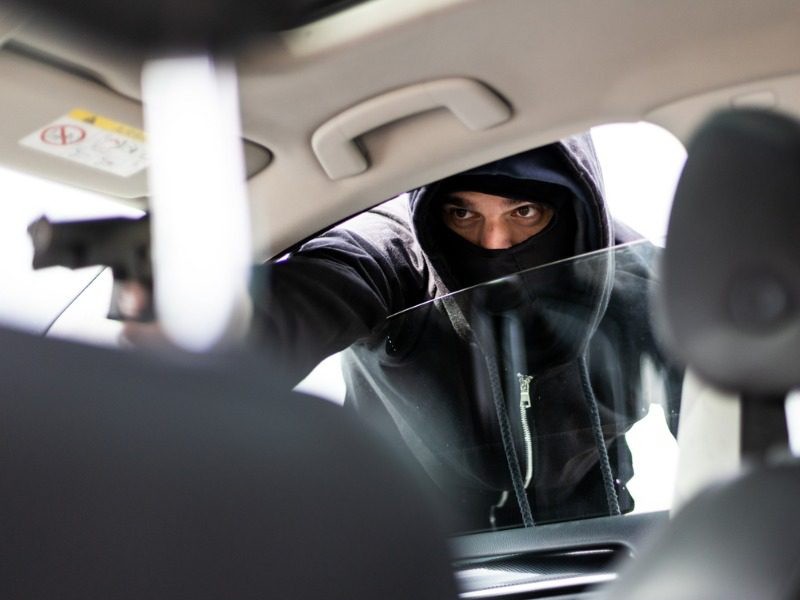How new vehicle tech is changing the auto theft equation

There’s a small upside to Canada’s current auto theft wave, industry sources have told Canadian Underwriter.
Thieves’ adoption of technologies that can capture vehicle key fob signals means criminals no longer need to resort to violent methods like carjacking to steal cars, trucks and SUVs.
But those more sophisticated methods also mean that if a specific car model is on a crime ring’s inventory list, they’ll find a way to get it.
“That’s why so many [insurance] companies are trying to find ways not just to prevent thefts but to recover the vehicles – because they’re saying a lot of times that prevention is almost impossible,” said Mark Ristola, vice president of operations at LL Renaissance Insurance Brokerage Canada.
“We want to recover these vehicles before they leave the country.”
Taking a page from the playbooks of the theft rings they’re fighting, the insurance industry is deploying its own technology-based response.
“Companies are providing dealerships with the opportunity to put [tracking] units in their vehicles and there’s been success around this,” Ristola said. “They’re used with satellites, and they figure they’re going to recover more [vehicles] that way.
“Sometimes it’s not [the dealer’s] fault that these cars get stolen, but [the dealer] understands that the market is paying the claim. And eventually they may not get insurance if their claims keep going up and they keep having thefts. So that’s why this whole recovery thing is more intriguing to the dealers.”
To keep insurance premiums manageable, many auto dealers are also opting for higher deductibles for theft, Ristola added.
As thefts ramp up, driven by sophisticated crime rings that reportedly export the stolen vehicles to African countries and the Middle East, industry observers have pointed to inconsistencies around which vehicles are deemed high-theft risks by insurers.
A master list of vulnerable vehicles, many have said, would allow for consistency when adjusting premiums aimed at offsetting losses.
But there’s a reason for the insurers’ shifting response, noted Ristola. Thieves have learned to adjust their targets based on demand for specific vehicles from illicit buyers. What’s more, consumers are altering their buying choices based on the likelihood of a vehicle being stolen.
“It changes all the time. Last year, [emphasis] might have been on these certain models. And this year, it’s these models,” he said. “And then, all of a sudden, [customers] don’t want to buy those cars because they’re going to get stolen and [the customers] don’t want to wait for a [replacement] vehicle because of the supply issues.
“The buyer will say, ‘I’m just going to buy a different vehicle. I’m not going to buy these cars anymore if they’re getting stolen all the time.’”
This story is excerpted from one that appeared in the November print edition of Canadian Underwriter. Feature image by iStock.com/Anze Kralj



